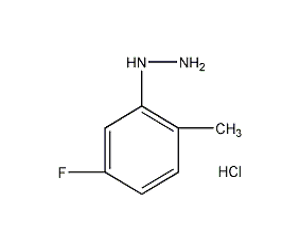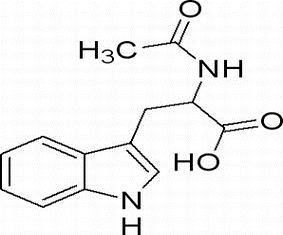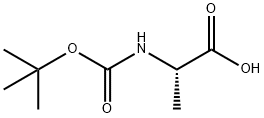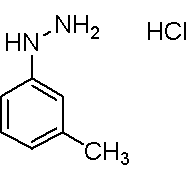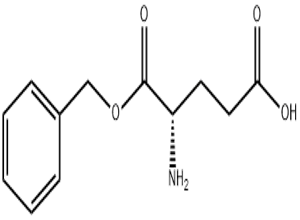5-Fluoro-2-methylphenylhydrazine hydrochloride(CAS# 325-50-8)
| Hazard Symbols | Xi – Irritant |
| Risk Codes | R20/22 – Harmful by inhalation and if swallowed. R36/37/38 – Irritating to eyes, respiratory system and skin. |
| Safety Description | S26 – In case of contact with eyes, rinse immediately with plenty of water and seek medical advice. S36/37/39 – Wear suitable protective clothing, gloves and eye/face protection. |
| UN IDs | 2811 |
| Hazard Note | Irritant |
| Packing Group | II |
Introduction
hydrochloride is an organic compound with the chemical formula C7H9FN2 · HCl. The following is a description of the properties, uses, preparation and safety information of the compound:
Nature:
-Appearance: White crystalline powder
-Melting point: about 170-174 ° C
-Solubility: Soluble in water and general organic solvents
Use:
-hydrochloride can be used as an important intermediate and reagent in the chemical synthesis process.
-It can be used to synthesize fluorinated aromatic amines and other organic compounds.
Method:
The synthesis of hydrochloride is usually obtained by reacting 5-Fluoro-2-methylphenylhydrazine with hydrogen chloride in toluene.
-First, heat and dissolve 5-fluoro-2-methylphenylhydrazine in toluene, and then gradually add hydrogen chloride gas, and the reaction proceeds for several hours.
-Filter the solid, mix its hypoacetate with n-heptane and cool to obtain crystals of hydrochloride.
-Finally, the pure product is obtained through the steps of filtration, drying and recrystallization.
Safety Information:
-The hydrochloride needs to pay attention to safety during operation.
-It is an organic compound with certain toxicity and irritation. Direct contact with skin and inhalation should be avoided.
-Wear appropriate protective equipment, such as gloves, goggles and protective masks, when in use.
-Try to operate in a well-ventilated place and avoid dust in the air.
-Waste disposal should be carried out in accordance with local regulations, do not discharge or mix other chemicals.


